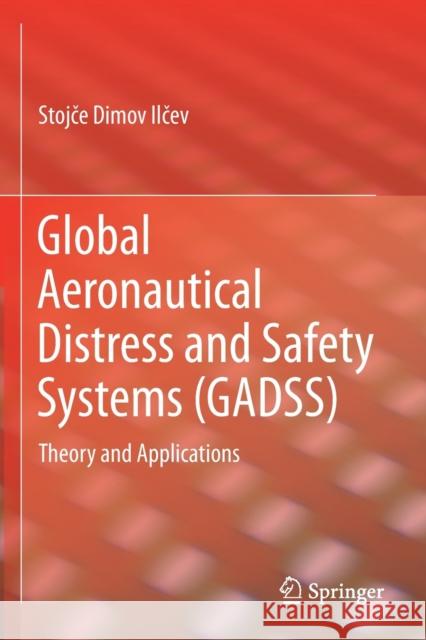Global Aeronautical Distress and Safety Systems (Gadss): Theory and Applications » książka
topmenu
Global Aeronautical Distress and Safety Systems (Gadss): Theory and Applications
ISBN-13: 9783030306342 / Angielski / Miękka / 2020 / 781 str.
Global Aeronautical Distress and Safety Systems (Gadss): Theory and Applications
ISBN-13: 9783030306342 / Angielski / Miękka / 2020 / 781 str.
cena 685,93 zł
(netto: 653,27 VAT: 5%)
Najniższa cena z 30 dni: 655,41 zł
(netto: 653,27 VAT: 5%)
Najniższa cena z 30 dni: 655,41 zł
Termin realizacji zamówienia:
ok. 22 dni roboczych
Bez gwarancji dostawy przed świętami
ok. 22 dni roboczych
Bez gwarancji dostawy przed świętami
Darmowa dostawa!
Kategorie:
Kategorie BISAC:
Wydawca:
Springer
Język:
Angielski
ISBN-13:
9783030306342
Rok wydania:
2020
Wydanie:
2020
Ilość stron:
781
Waga:
1.13 kg
Wymiary:
23.39 x 15.6 x 4.19
Oprawa:
Miękka
Wolumenów:
01
Dodatkowe informacje:
Wydanie ilustrowane











